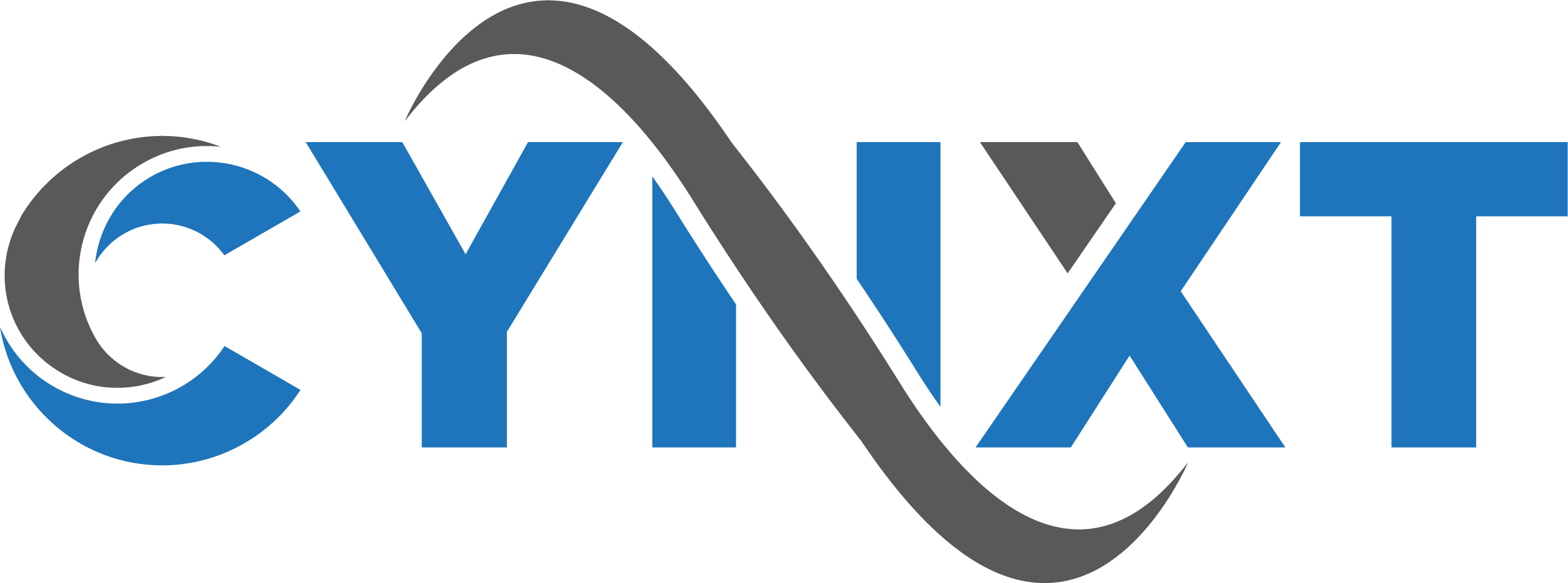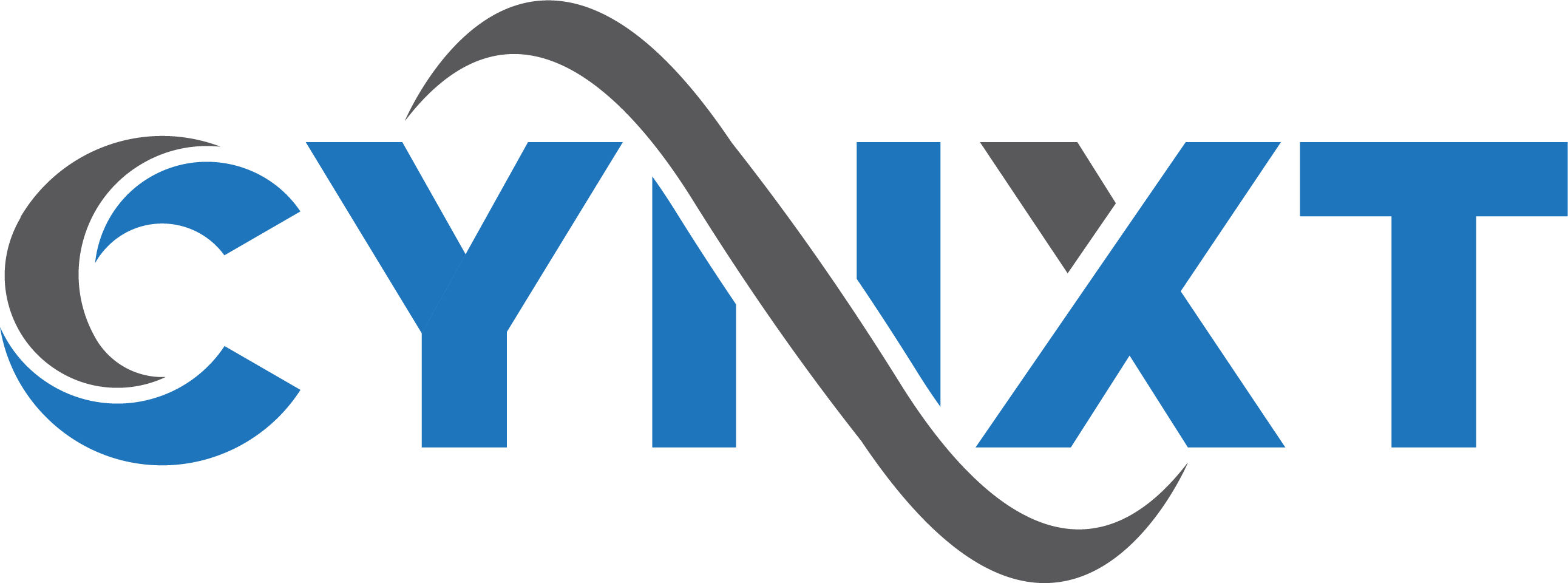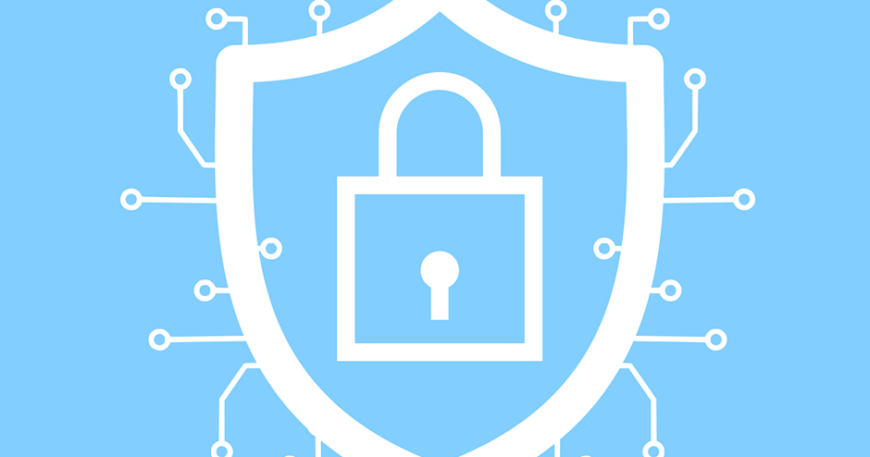The emergence of Zero Trust security is revolutionizing the cybersecurity landscape. By departing from traditional perimeter-based security approaches, Zero Trust Security introduces a more rigorous and proactive defense mechanism. Here, every connection request is subject to real-time authentication, ensuring that only authorized entities gain access to sensitive resources. This paradigm shift enables organizations to better withstand the evolving threat landscape by prioritizing continuous verification over trusting implicit connections.
56% of global organizations say adopting Zero Trust is a “Top” or “High” priority.
While Zero Trust Security offers significant security advantages, the transition process presents several potential pitfalls that can harm a company’s cybersecurity efforts if not addressed properly. It’s crucial to be aware of these common roadblocks and take steps to mitigate their impact.
To ensure a successful Zero Trust Security adoption journey, organizations must navigate these challenges carefully. We’ll explore these common obstacles in this section, providing guidance on how to overcome them and achieve a seamless transition to a more secure and robust security framework.
Back to Fundamentals: Understanding the Core Principles of Zero Trust Security
Zero Trust Security revolutionizes traditional security paradigms by abandoning the assumption that all entities within a network perimeter are trustworthy. Instead, it takes a more skeptical stance, treating every user and device – even those already inside the network – as potential threats until they’ve been thoroughly verified. This approach may seem radical at first glance, but its rigorous “authenticate before access” methodology offers unparalleled protection against today’s sophisticated cyber attacks.
Here are the key pillars of Zero Trust:
- Least Privilege: Users only get access to the specific resources they need to do their jobs, no more.
- Continuous Verification: Authentication doesn’t happen once. It’s an ongoing process. Users and devices are constantly re-evaluated for access rights.
- Micro-Segmentation: IT divides the network into smaller segments. This limits the damage if a breach occurs.
Common Zero Trust Adoption Mistakes
Beware of oversimplifying Zero Trust as a quick-fix solution that can be easily acquired or implemented. To ensure success, it’s crucial to steer clear of common pitfalls and misconceptions.
1. Zero Trust as a Solution, Not a Solution Set
Don’t be misled by vendors promising a “Zero Trust” solution that can be bought off the shelf. At its core, Zero Trust is a security philosophy that demands a fundamental transformation within your organization – a cultural shift that prioritizes verification and authentication above all else.
While various tools and approaches are used to implement a Zero Trust strategy, such as multi-factor authentication (MFA) and advanced threat detection and response, it’s essential to recognize the underlying philosophy driving this approach. A true Zero Trust implementation requires a thoughtful and comprehensive effort to rethink your organization’s security posture and culture, rather than simply relying on a specific product or technology.
2. Focus Only on Technical Controls
While technology is undoubtedly essential for a Zero Trust implementation, it’s not the only factor that determines success. People and processes also play a vital role. To achieve a seamless transition, organizations must invest time and effort in training employees on the new security culture and updating access control policies. The human element is a critical component of any cybersecurity strategy, as it can make or break even the most robust technology deployments.
3. Overcomplicating the Process
Avoid trying to tackle every aspect of Zero Trust simultaneously – this can lead to analysis paralysis. Instead, begin with a controlled pilot program that focuses on high-priority areas and gradually build out from there. This phased approach allows for iterative learning, minimizes complexity, and increases the likelihood of successful adoption, even for smaller organizations.
4. Neglect User Experience
A Zero Trust implementation should not inadvertently erect insurmountable barriers for authorized users. It’s essential to strike a delicate balance between security measures, such as multi-factor authentication (MFA), and the need for a seamless user experience. Failure to involve employees in this process can lead to unintended consequences, including frustration and reduced productivity. Use change management to help ease the transition process.
5. Skipping the Inventory
To effectively implement Zero Trust, it’s crucial to have a comprehensive understanding of what needs to be secured. Start by conducting an exhaustive inventory of all devices, users, and applications within your organization. This foundational step enables you to identify potential access vulnerabilities, prioritize your efforts, and develop a tailored roadmap for deployment.
6. Forgetting Legacy Systems
As you embark on a Zero Trust transformation, don’t overlook the importance of securing older systems and infrastructure. It’s essential to either integrate these legacy components into your new security framework or develop a comprehensive migration plan that ensures their secure transition. Failure to do so can leave your organization vulnerable to data breaches that can quickly spread across your entire network, putting sensitive information at risk.
7. Ignoring Third-Party Access
When it comes to securing your organization, don’t forget about third-party vendors who may have access to your network. To mitigate this risk, clearly establish and enforce strict access controls for these external partners. Regularly monitor their activity within your network, setting time-limited access as needed to ensure that their privileges are not abused and your security posture remains robust.
Embracing Zero Trust as an Ongoing Transformation
Building a robust Zero Trust environment takes time and effort. Here’s how to stay on track:
- Set Realistic Goals: Don’t expect overnight success. Define achievable milestones and celebrate progress along the way.
- Embrace Continuous Monitoring: Security threats are constantly evolving. Continuously watch your Zero Trust system and adjust your strategies as needed.
- Invest in Employee Training: Empower your employees as active participants in your Zero Trust journey. Regular security awareness training is vital.
The Rewards of a Secure Future
Steer clear of pitfalls and take a deliberate, strategic route instead. By doing so, you’ll be able to unlock the full potential of Zero Trust security, driving meaningful benefits for your organization. Here’s what you can expect:
- Enhanced Data Protection: Zero Trust minimizes the damage from a potential breach. It does this by limiting access to sensitive data.
- Improved User Experience: Streamlined access controls create a smoother experience for authorized users.
- Increased Compliance: Zero Trust aligns with many industry regulations and compliance standards.
Are you prepared to embark on a Zero Trust security journey? To ensure success, start by acquiring a deep understanding of this innovative approach, and then develop a thoughtful plan for implementation. By avoiding common pitfalls and taking a proactive stance, you’ll be well-equipped to transform your organization’s security posture and build a more resilient business capable of withstanding the ever-evolving threat landscape.
Schedule a Zero Trust Cybersecurity Assessment
Zero Trust is quickly becoming a security expectation around the world, and our team of cybersecurity experts is here to help you deploy it successfully. Implementing Zero Trust is a continuous journey toward a more secure future, and we’re happy to be your trusted guides every step of the way.
At Cynxt, we specialize in delivering IT solutions that ensure peace of mind. Contact Us today or call (256) 456-5858 to schedule an appointment. Located at the Shoals Business Incubator in Florence, AL, we are dedicated to helping you maintain a smooth and secure digital operation.
Cynxt Service Areas:
We proudly serve businesses in the following areas and surrounding cities. Click here to view the full list. Remote support is also available for businesses anywhere.
North Alabama:
- Florence
- Muscle Shoals
- Russellville
- Athens
- Decatur
- Huntsville
Middle Tennessee:
- Franklin
- Columbia
- Lawrenceburg
- Pulaski
About Us:
With over 18 years of IT experience, Cynxt IT Services delivers enterprise-level solutions tailored to small and medium-sized businesses. As a trusted Managed Service Provider (MSP), we’re dedicated to supporting your growth with reliable, expert IT services and unmatched customer care.
Services:
Explore our wide range of IT Services. Learn more about how we can help with your IT needs. Not finding the service you’re looking for? Contact Us to discuss custom solutions.
- Managed IT Services
- Hourly IT Support
- Cybersecurity
- Cloud Services
- Networking
- Network Cabling
- IT Consulting





